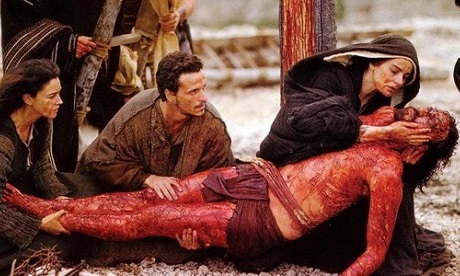A Catholic surgeon’s view of Christ’s cause of death says he probably died from excessive blood loss.
“Christ emptied himself,” Dr. Timothy Millea said in a talk at his Catholic parish .
“As a surgeon, two words that make our hair stand on end are ‘bleeding out’,” he said.
“If you can’t stop it, you can’t keep that patient alive.”
Millea, who is an orthopedic surgeon, said an adult male has about 1.5 gallons (5.7 litres) of blood. The loss of 40 percent of that can lead to hypovolemic shock, a life-threatening condition.
This means probably that Jesus surpassed that threshold after repeated beatings through the night, an intense scourging at the hands of Roman soldiers that included wearing a crown of thorns and having nails driven through his upper wrists and feet.
“Some people ask, did Jesus really die of physical factors, or did he – as God – say ‘OK, my work is done,’” Millea told his audience.
After explaining Jesus’s physical and emotional suffering – from the Agony in the Garden to his death on the cross – Millea said “how he lived this long is one of the biggest divine mysteries.”
While Millea said Jesus’s passion and death is “a tragic story, a horrible story, a painful story,” he ended his talk by showing an image of the resurrected Christ to illustrate that “this story doesn’t end with where we finish tonight.”
He acknowledged that other physicians and historians have other ideas about Jesus’s cause of death. One idea suggests Jesus might have died from asphyxiation because breathing was so difficult on the cross. Others say he may have had a heart attack after the hours of physical exertion and trauma.
Millea feels the blood loss theory is not only medically likely but it also corresponds with the theological teachings of atoning sacrifice, with Jesus taking the place of the slaughtered lamb.
Source
- Crux
- Image: cinemablend.com
